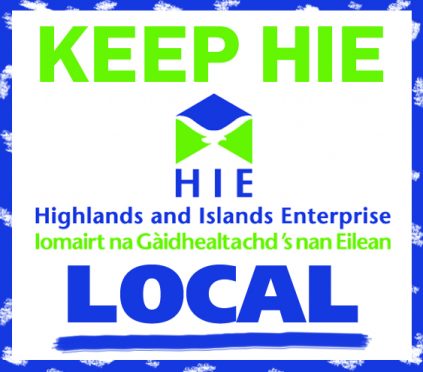Highlands and Islands Enterprise (HIE) is a rare beast: an economic development agency that enjoys widespread popular support amongst the population of the area in which it operates. First set up as the Highlands and Islands Development Board in 1965 it has been successful in reversing the economic decline of the Scottish highlands and islands. And not only has it been successful, its success is widely recognised.
This is extremely unusual. Industrial policy is littered with the corpses of long-dead and largely unlamented agencies. From the inward investment approach of the 1980s to the ‘connected economy’ approach of the 2000s, the changing winds of policy have swept away a range of agencies. In Wales industrial development was taken back into the competencies of central government. In England, the Regional Development Agencies were replaced by Local Economic Partnerships that enjoyed substantially less resource.
In Scotland and Northern Ireland the equivalent bodies, Invest NI and Scottish Enterprise survived, but are regularly the subject of political opprobrium. In the run-up to the 2016 Scottish Parliament election, the Scottish Government launched an Enterprise and Skills Review in which the intention was strongly signalled that Highlands and Islands Enterprise and Scottish Enterprise would be merged to form a single body.
The mantra of the Minister needing to be seen to do something is all-too-often merging the unmerged and demerging the merged. So it seemed would be the fate of Highlands and Islands Enterprise. But a groundswell of support for HIE – the “Keep HIE Local” campaign – meant Ministers chose not to merge it with Scottish Enterprise. Indeed, such was the success of HIE that Ministers ended up committing to a new development agency, on the model of HIE, for the south of Scotland.

So why is HIE so popular? Why did Highlanders fear its abolition so much they campaigned to save it? The answer lies in the unique element of its mission, that gives a pointer as to what successful inclusive innovation might look like. Almost every other economic development agency is tasked with growing businesses, seeking inward investment from transnational businesses and other economy-specific activities like knowledge transfer. HIE does these things too. But it also has a mission to support community development.
It is this twin commitment to economic and community development that has allowed HIE to support the hugely successful transfer of crofting estates into community ownership. It has allowed Highland communities to enjoy the benefits of widespread development of community renewables and it has helped to reverse depopulation and retain communities in many remote and rural areas. So much so that other areas of rural Scotland want a similar agency.
And HIE faces new challenges. Adaptation to climate change and the impact of the data economy and automation will change the way the rural economy works. As will the widespread deployment of drones, which could both threaten the much loved rural postie, but could also facilitate true just in time delivery.
Of course, seeing community and economy as interlinked to the point of indivisibility makes HIE’s job more difficult. But it also seems to be more effective than a separation of community and economy that risks appearing reductive and locating the economy outside the scope of the society in which it functions. HIE shows we can build a successful economy in a way that reduces alienation. And it does so in a way so successful that people are prepared to fight for HIE’s ongoing survival.